Delhi-Mumbai Expressway will be India’s longest expressway with a length of 1,386 km. It will reduce the travel distance between Delhi and Mumbai by 12% from 1,424 km to 1,242 Km and travel time will be reduced by 50% from 24 hrs to 12 hrs. Travel time between Delhi and Jaipur will be brought down to 2 hours once PM Modi inaugurates the Sohna-Dausa stretch of the expressway on Sunday (12 February).
The 246 km Delhi – Dausa – Lalsot section of the Delhi Mumbai Expressway has been developed at a cost of more than Rs 12,150 crore.
Delhi- Mumbai expressway will pass through 6 states
It will pass through six states Delhi, Haryana, Rajasthan, Madhya Pradesh, Gujarat, and Maharashtra. The expressway will connect major cities like Kota, Indore, Jaipur, Bhopal, Vadodara, and Surat.
The Expressway will also serve 93 PM Gati Shakti Economic Nodes, 13 Ports, 8 Major Airports, and 8 multi-modal logistics parks (MMLPs) along with spurs to new upcoming greenfield airports such as Jewar Airport, Navi Mumbai Airport, and JNPT port.
There will be a state-of-the-art automated traffic management system on the Delhi-Mumbai Expressway.
This is the first expressway in India and also Asia to accommodate animal overpasses and underpasses. It has been aligned to minimise the impact on Ranthambore Wildlife Sanctuary.
Union Transport Minister Nitin Gadkari tweeted, “Aesthetic night views from the architectural marvel #Delhi_Mumbai_Expressway. Have a look!!”
The Expressway will have a catalytic impact on the developmental trajectory of all adjoining regions, thus contributing in a major way to the economic transformation of the country.
As per media reports, the Delhi-Mumbai Expressway is likely to be completed fully by March 2023.
Here are some latest pics of the Delhi-Mumbai Expressway
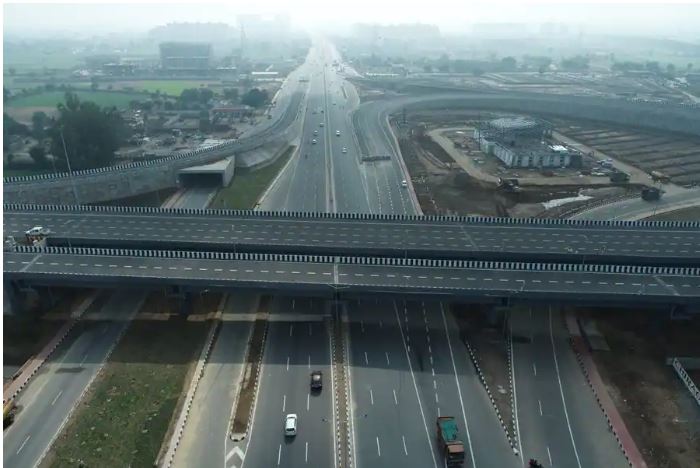
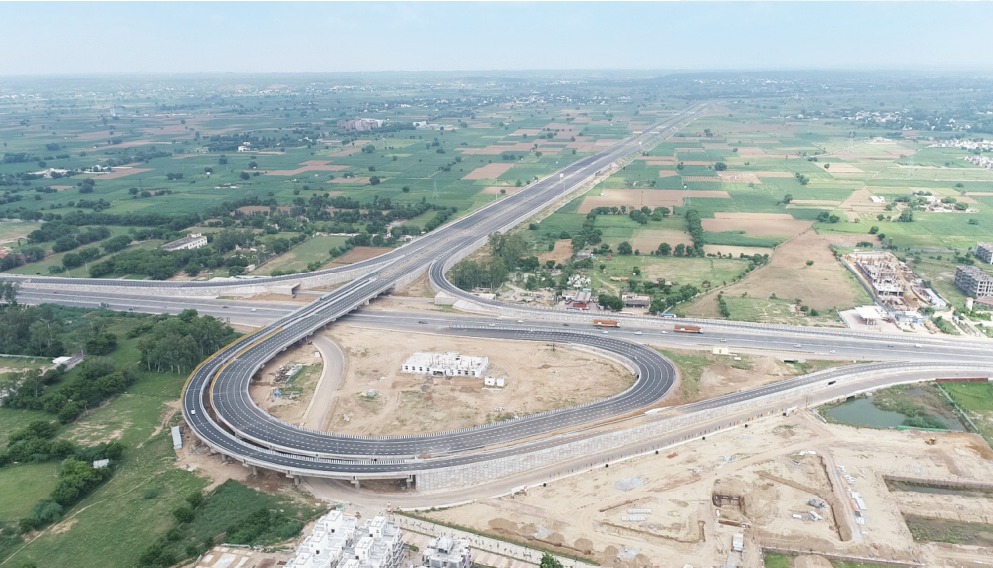
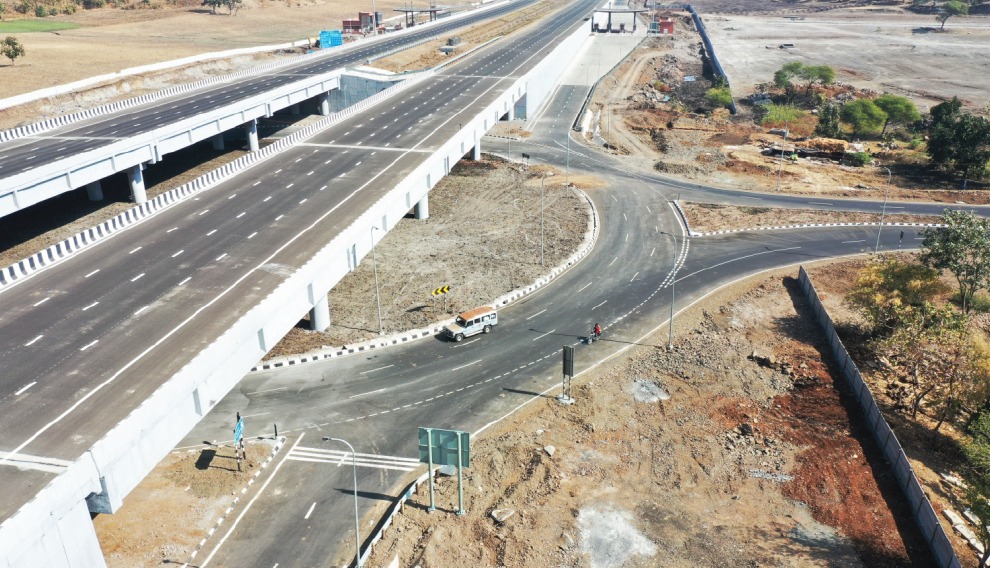
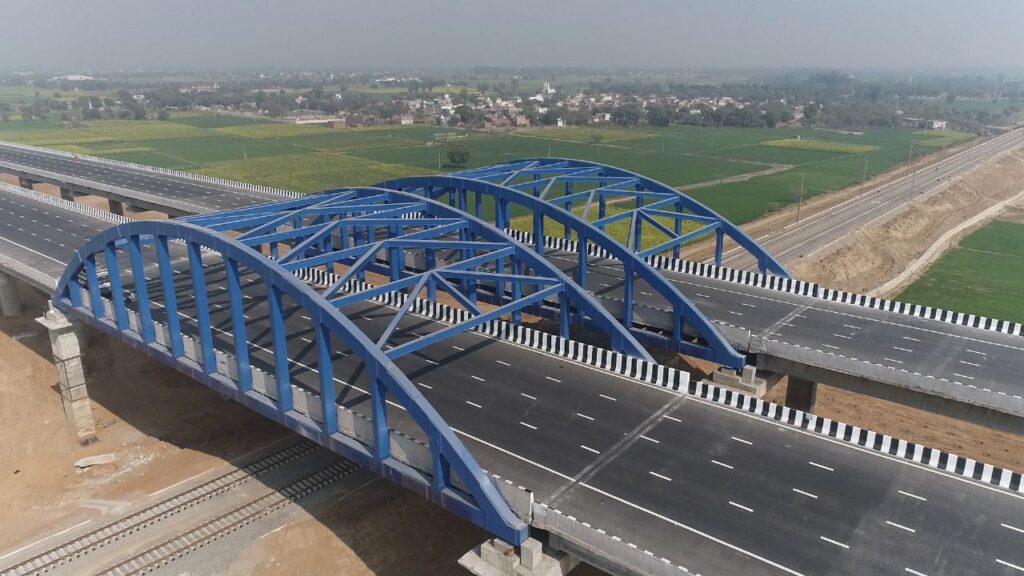
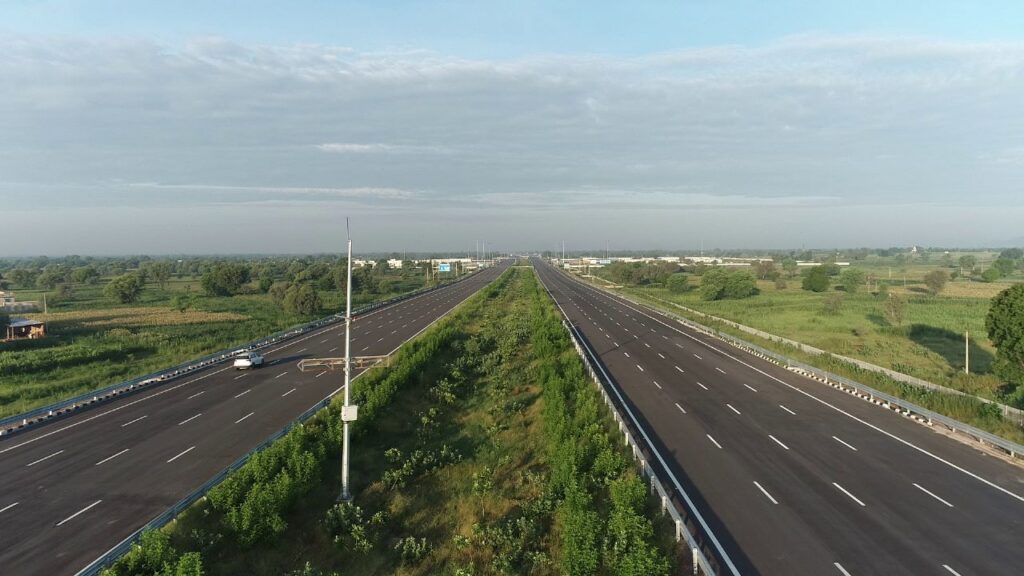



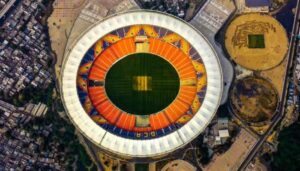




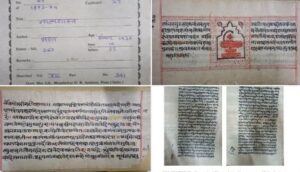

Bhagavad Gita, Natyashastra added to UNESCO Memory of World Register
Have astronomers finally found missing Black Holes? India’s telescope offers clues
FASTag Out, GPS In: India’s new toll system starts May 1 | All about it